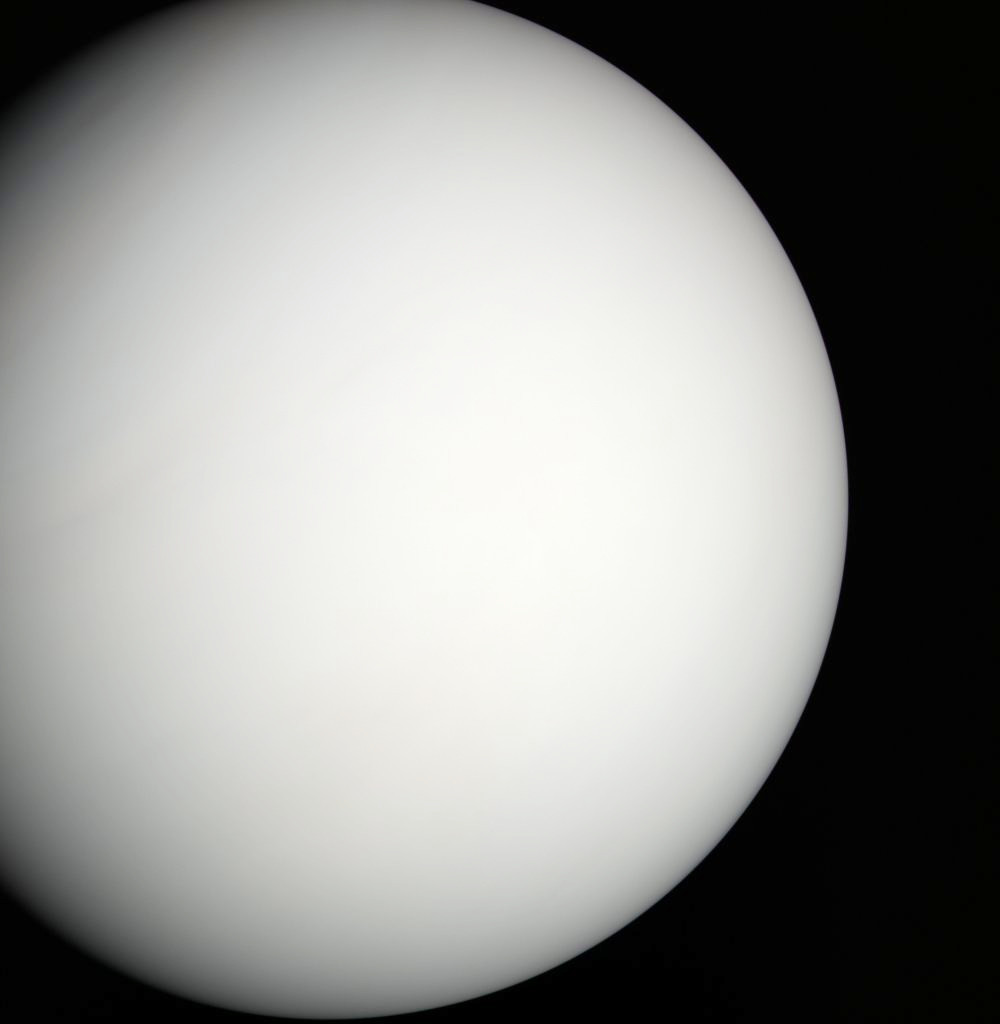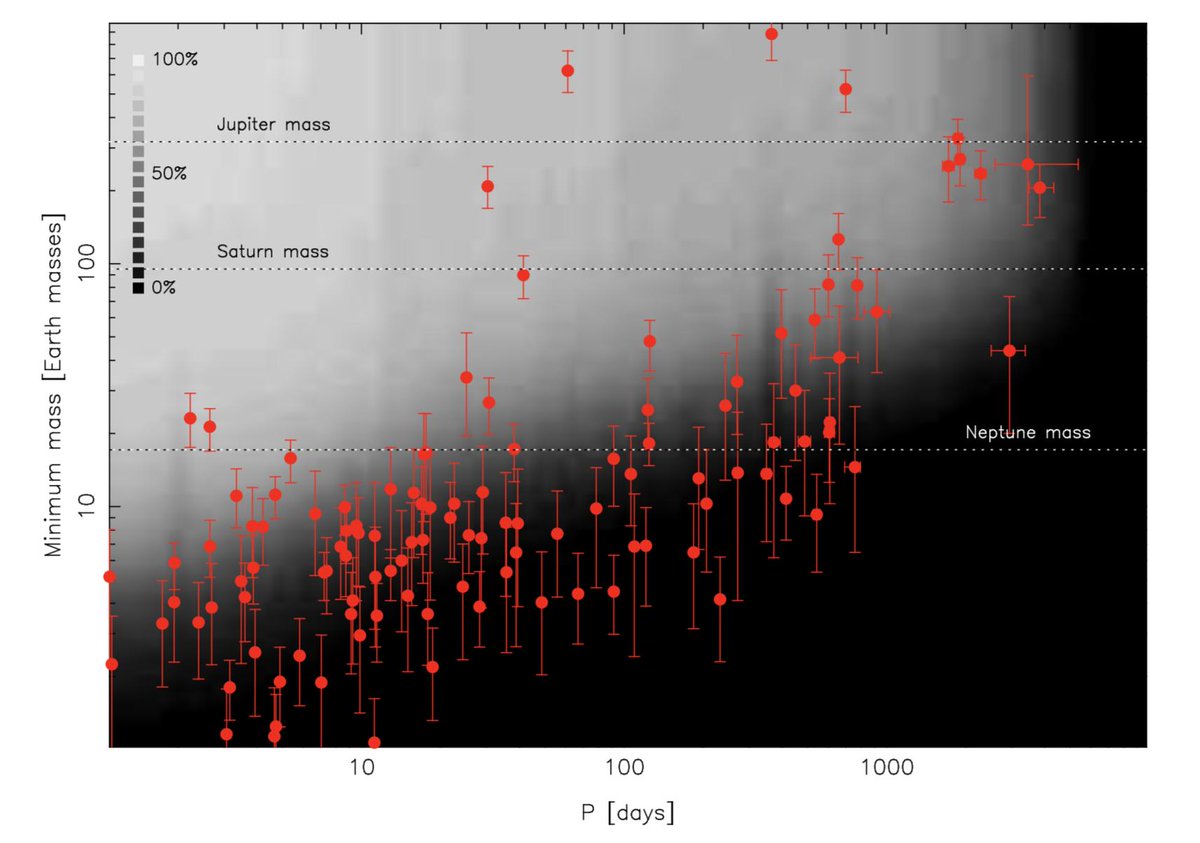
The true colors of the solar system, a short thread. * First, let's start with the Sun. Can we all agree it's white to the eye?
* inspired by James O’Donoghue & Marina Koren, with some color corrections by me.
* inspired by James O’Donoghue & Marina Koren, with some color corrections by me.

Mercury is so gray that it's tough to tell whether you are seeing pictures of it in color or black-and-white. This one is true color, seriously. blogs.agu.org/wildwildscienc… 

Venus reflects 70% of the sunlight that hits it, nearly as reflective as freshly fallen snow. So yeah, it is super-white, as you can tell just by looking at it in the sky. nasa.gov/mission_pages/… 

The DSCOVR spacecraft, orbiting about 1 million miles sunward from Earth, delivers daily true-color images of our planet. epic.gsfc.nasa.gov 

Mars is...red? Nah, closer to an orange-brown. Still, it's a color that stands out in the sky. planetary.org/articles/10061… 

Jupiter, I love you man, but when I look at you through a telescope you aren't quite as psychedelic as you are in most of your spacecraft photos. jpl.nasa.gov/images/pia0282… 

Saturn has amazing rings... and a whole lot of subtle variations on yellow. photojournal.jpl.nasa.gov/catalog/PIA111… 

Uranus gets unfairly maligned, and not just because of the name. When the Voyager probe took this true-color image, the planet was quiet and featureless. It now has a huge white storm streaked across its pole. nasa.gov/mission_pages/… 

Methane makes Neptune blue. It has the fastest winds in the solar system & amazingly active storms, driven by heat from inside the planet. planetary.org/articles/08250… 

Pluto packs a lot of exotic geology into a small space. This is roughly how it would look to a visiting astronaut; the light is dim, but your eyes would adapt. solarsystem.nasa.gov/resources/933/… 

Pluto is a world of contrasts, but nothing beats Saturn's moon Iapetus. It's almost perfectly split into black and white hemispheres. (Well, dark brown and off-white.) photojournal.jpl.nasa.gov/catalog/PIA116… 

And if you're talking about colors in the solar system, you've got to include Jupiter's moon Io -- a crazy volcanic moon that resembles a badly made pizza. planetary.org/articles/2629 

For more context, check out the article by @marinakoren that started me down the rabbit hole of solar system colors.
theatlantic.com/science/archiv…
theatlantic.com/science/archiv…
• • •
Missing some Tweet in this thread? You can try to
force a refresh










